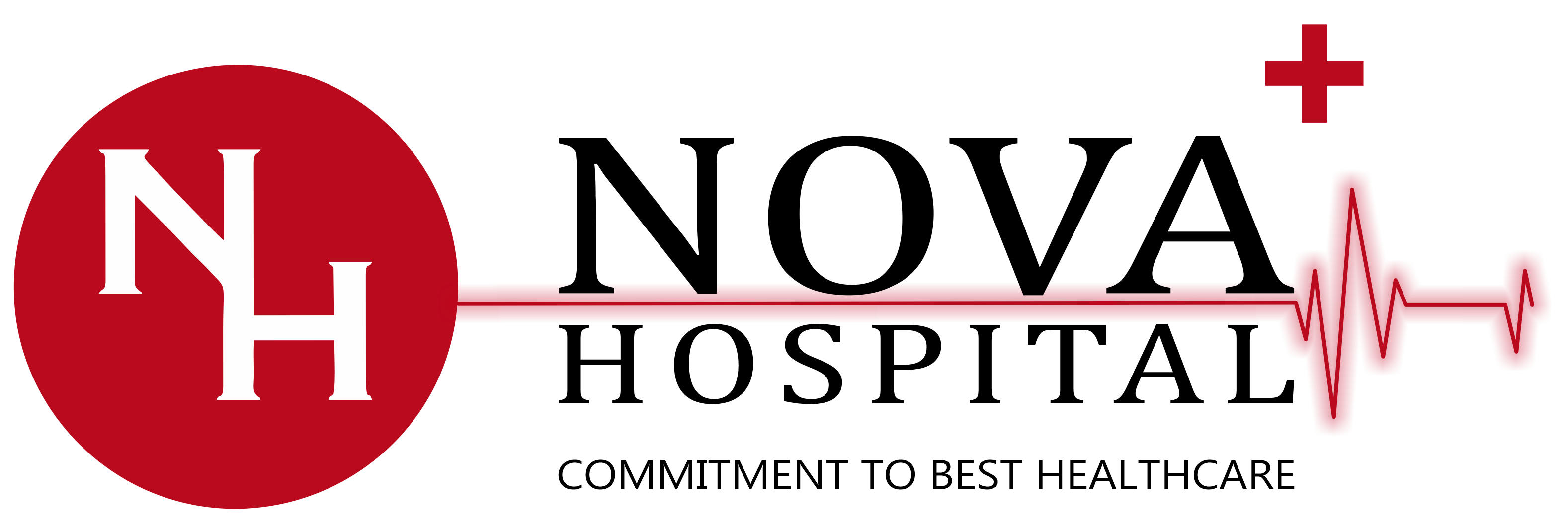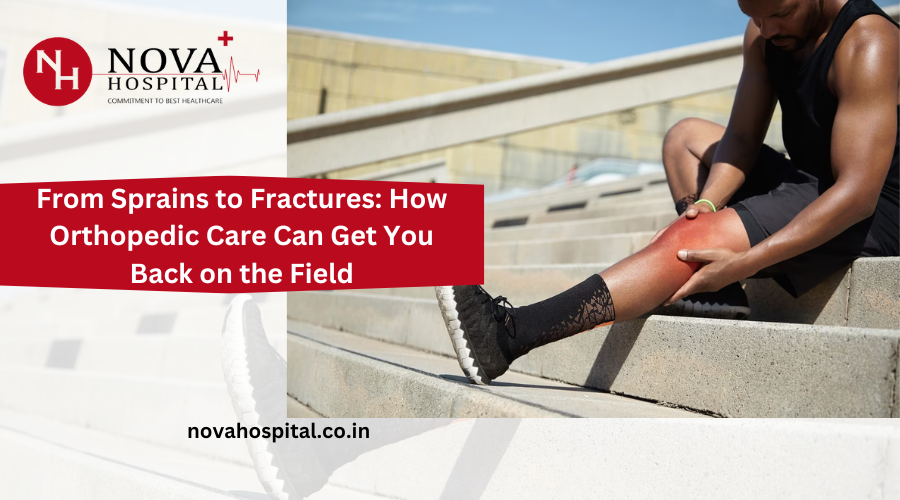From Sprains to Fractures: How Orthopedic Care Can Get You Back on the Field
Participating in sports and physical activities can bring immense joy and satisfaction to our lives, but unfortunately, it also comes with the risk of injury. From minor sprains to more serious fractures, sports injuries can be debilitating and can put a stop to our favorite activities.
That’s where orthopedic care comes in – orthopedic specialists are trained to diagnose and treat a wide range of sports injuries, helping athletes get back on their feet and back to the field. In this blog, we’ll explore the different types of sports injuries, the role of orthopedic care in treating them, and the steps athletes can take to safely return to sports activities after an injury. Whether you’re an experienced athlete or just starting, understanding the importance of orthopedic care and injury prevention can help keep you active and healthy for years to come.
Sprains
Sprains are injuries that occur when a ligament (the tissue that connects bones) is stretched or torn due to excessive force or trauma. They are common injuries in sports and physical activities that involve sudden movements or changes in direction.
The symptoms of a sprain can vary depending on the severity of the injury. But typically include
- Pain
- Swelling
- Bruising
- Limited mobility in the affected joint.
Sprains are typically graded based on their severity:
- Grade 1 sprains involve mild stretching or tearing of the ligament and usually only require rest, ice, compression, and elevation (the RICE method) to heal.
- Grade 2 sprains involve partial tearing of the ligament and may require a splint or brace to immobilize the joint while it heals. Grade 3 sprains involve complete tearing of the ligament and may require surgery to repair.
To prevent sprains, it’s important to take steps to protect your joints during physical activity. This includes wearing appropriate footwear, warming up before exercise, using proper technique when performing exercises, and gradually increasing the intensity and duration of physical activity over time.
Additionally, maintaining strong muscles and good flexibility can also help reduce the risk of sprains.
Fractures
A fracture is a broken bone, and it occurs when a bone is subjected to more force than it can withstand. Fractures differ from sprains in that they involve a break in the bone, rather than just stretching or tearing of ligaments.
There are several different types of fractures. A closed fracture is when the bone breaks but does not break the skin, while an open fracture involves the bone breaking through the skin. Displaced fractures involve the bone breaking into two or more pieces and becoming misaligned, while non-displaced fractures involve the bone breaking but remaining in its normal position.
Symptoms of a fracture may include pain:
- swelling
- bruising
- deformity
- difficulty moving the affected limb or joint.
Treatment for fractures can vary depending on the severity and location of the break. Non-displaced fractures may be treated with a cast or brace to immobilize the affected limb and allow the bone to heal, while displaced fractures may require surgery to realign the bone and hold it in place with pins, screws, or plates.
To prevent fractures, it’s important to take steps to minimize the risk of falls or trauma, such as using proper safety equipment when engaging in high-risk activities, wearing appropriate footwear, and making sure your living and working environments are free from hazards.
Additionally, maintaining good bone health through proper nutrition and exercise can help reduce the risk of fractures.
Orthopedic Care
Orthopedic care is an essential component of sports medicine, and it plays a crucial role in keeping a healthy and active lifestyle. Orthopedic specialists are trained to diagnose and treat a wide range of sports injuries, from minor sprains to more severe fractures. In addition to providing treatment for injuries, orthopedic specialists also work to develop injury prevention strategies and rehabilitation plans to help them safely return to sports activities after an injury.
One of the primary goals of orthopedic care is to help them maintain optimal performance and reduce the risk of injury. It can help to minimize the impact of the injury and promote faster healing. This may involve a combination of treatment modalities, such as physical therapy, medication, and in some cases, surgery.
Orthopedic specialists can also guide proper nutrition and hydration during the recovery process, which can help to support healing and prevent future injuries.
These plans may include strategies such as proper warm-up and stretching routines, targeted strength and conditioning exercises, and modifications to training or competition schedules to prevent overuse injuries. Overall, It is an essential component of sports medicine, and it plays a critical role in helping athletes stay healthy, active, and performing at their best.
Whether you’re a weekend warrior or a professional athlete, working with an orthopedic specialist can help you stay injury-free and achieve your goals.
Conclusion
In conclusion, orthopedic care plays a vital role in keeping athletes healthy and active. From sprains to fractures, orthopedic specialists are trained to diagnose and treat a wide range of sports injuries, and they work with athletes to develop injury prevention strategies and rehabilitation plans to help them safely return to sports activities after an injury.
If you need orthopedic care or sports medicine services, Nova Hospital in Lucknow is a leading healthcare provider that can help. In addition to orthopedic care, Nova Hospital also offers a range of other services, including nephrology care, cardiology care, and more. With a team of experienced and dedicated healthcare professionals, Nova Hospital is committed to providing high-quality care and support to patients of all ages and backgrounds.
So, if you’re looking for a reliable orthopedic or Orthopedic Hospital in Lucknow, consider Nova Hospital. Contact them today to schedule a consultation or learn more about their services.

